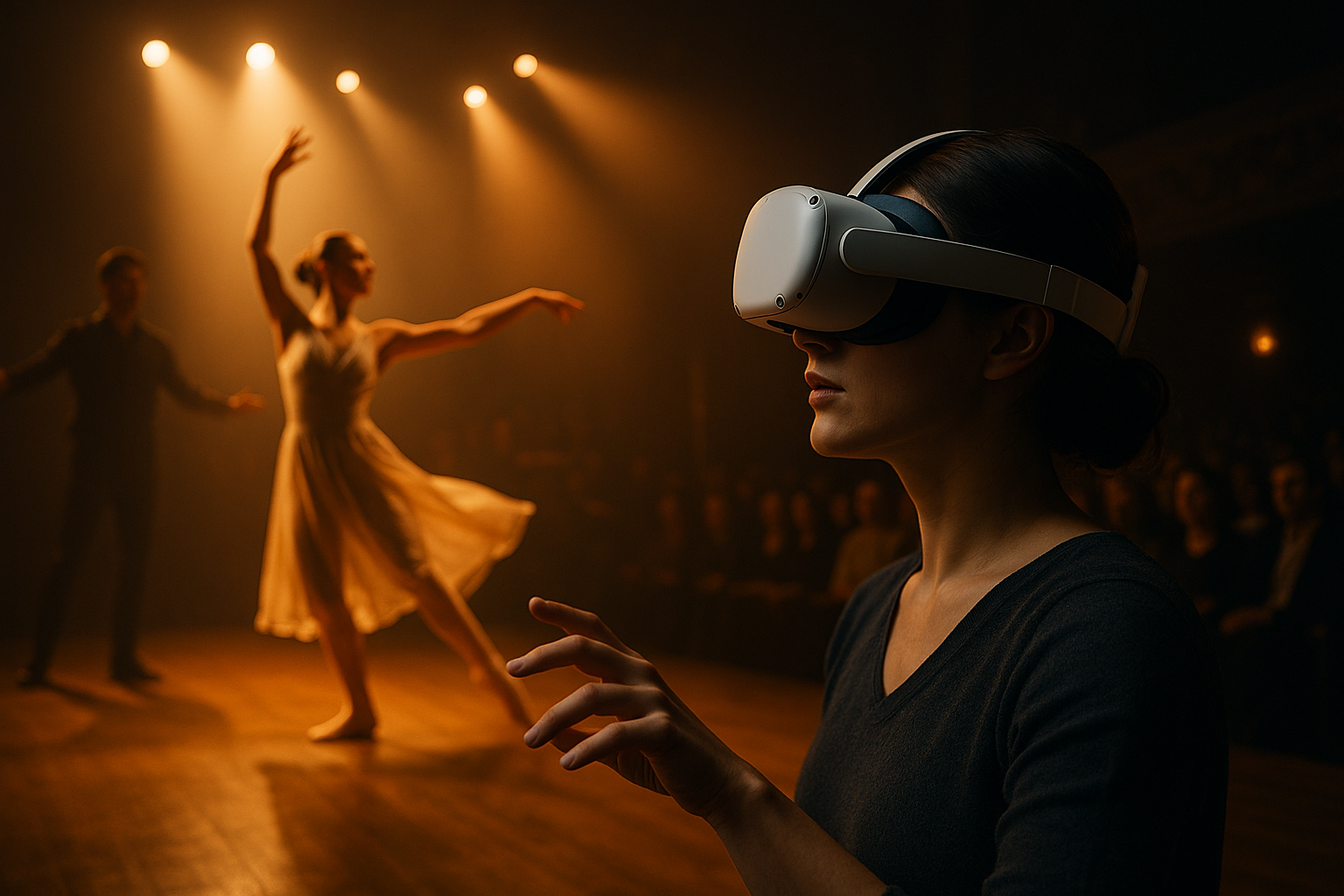Virtual Reality: The Next Frontier in Performing Arts
Introduction: Step into a new world where art and technology meld, transforming the performing arts landscape. The advent of virtual reality (VR) in this domain has become a game-changer, offering groundbreaking possibilities to artists and audiences alike.

A New Reality in Performing Arts
The performing arts have always been a dynamic field, evolving with each passing era. From the earliest forms of theatre in ancient Greece to the modern-day Broadway spectacles, performing arts have continually reinvented themselves. Now, the industry stands on the cusp of another significant transformation with the integration of virtual reality technology.
Virtual reality, a technology that simulates a three-dimensional environment that users can interact with, has been around since the mid-20th century. However, its potential in performing arts has only recently started to unfold. By creating immersive experiences that transport audiences into different worlds, VR offers a new dimension to storytelling, making it a powerful tool for artists.
The Intersection of Art and Technology
The integration of VR into performing arts has been a gradual process. It started with experimental productions in the early 2000s, where VR was used to enhance stage design. Over time, artists started to explore the medium’s potential to create immersive stories and characters, leading to the advent of full-fledged VR performances.
Today, several theatre companies and dance troupes are incorporating VR into their productions. This has been especially prevalent in the face of the pandemic, where many performances have transitioned online. VR offers a solution to engage audiences in a socially distanced era, providing a shared communal experience even if spectators are miles apart.
The Impact of VR on Performing Arts
The impact of VR on performing arts is manifold. Firstly, it breaks down geographical barriers, allowing audiences worldwide to experience performances without leaving their homes. Furthermore, it provides artists with a new platform to create and experiment, pushing the boundaries of their craft.
However, the use of VR also raises questions about the traditional performing arts experience. Will the communal experience of attending a theatre or a dance recital get lost in the virtual world? While it’s too early to predict the future, it’s clear that VR is reshaping the performing arts, offering exciting possibilities and challenges alike.
The Future of VR in Performing Arts
While VR is revolutionizing the performing arts, it is still in its nascent stage. Many challenges need to be addressed, such as the high cost of VR equipment and the need for technical expertise. However, as technology advances and becomes more accessible, it’s likely that VR will become an integral part of the performing arts landscape.
In conclusion, the fusion of VR and performing arts marks a pivotal moment in the history of creative expression. As we stand on the brink of this new era, it’s thrilling to imagine the artistic possibilities that lie ahead. Only time will tell how this technology will reshape the future of performing arts, but one thing is certain: the stage is set for a fascinating journey into the virtual world.




